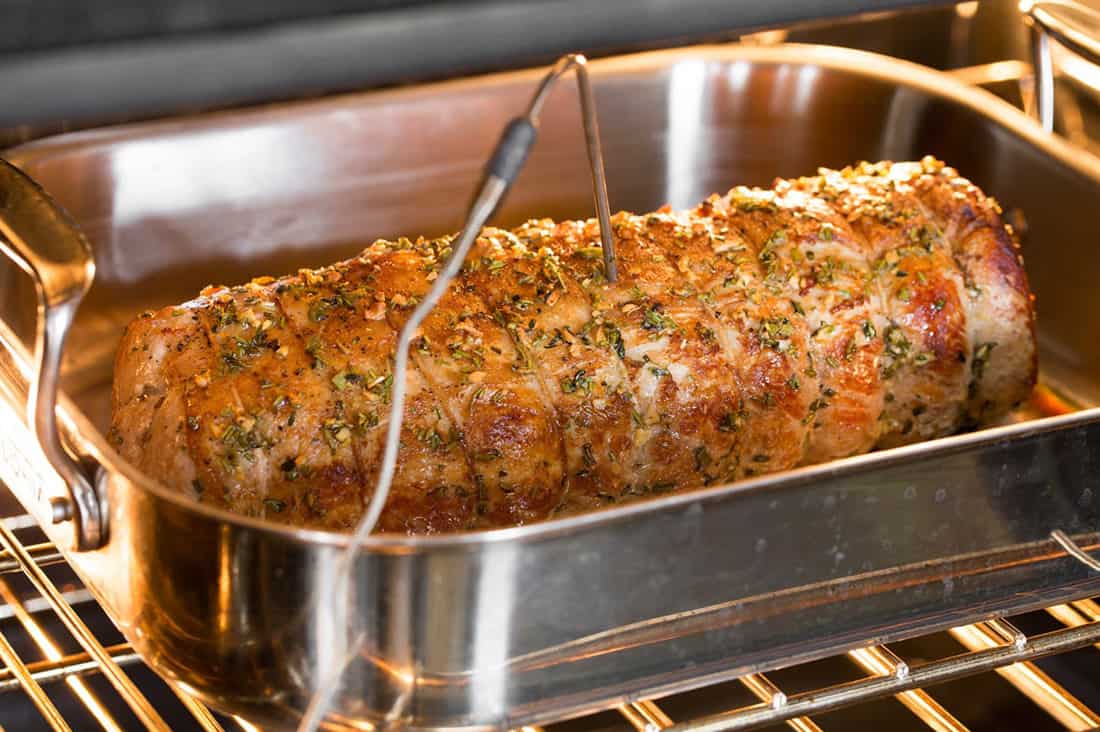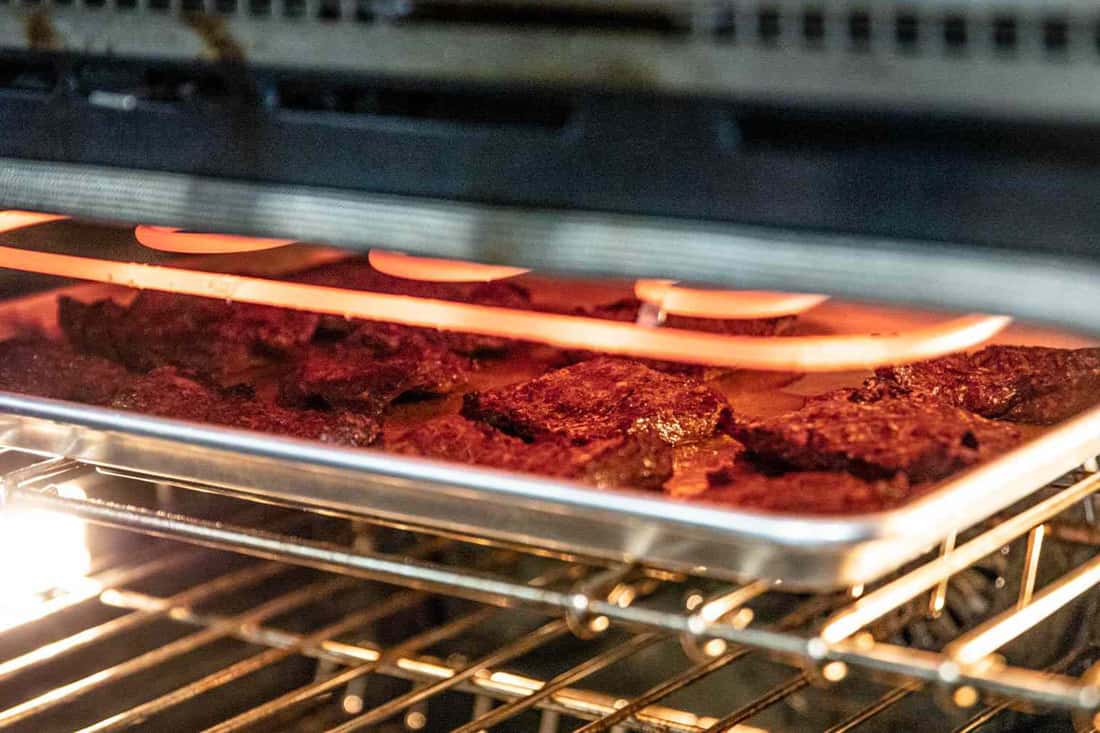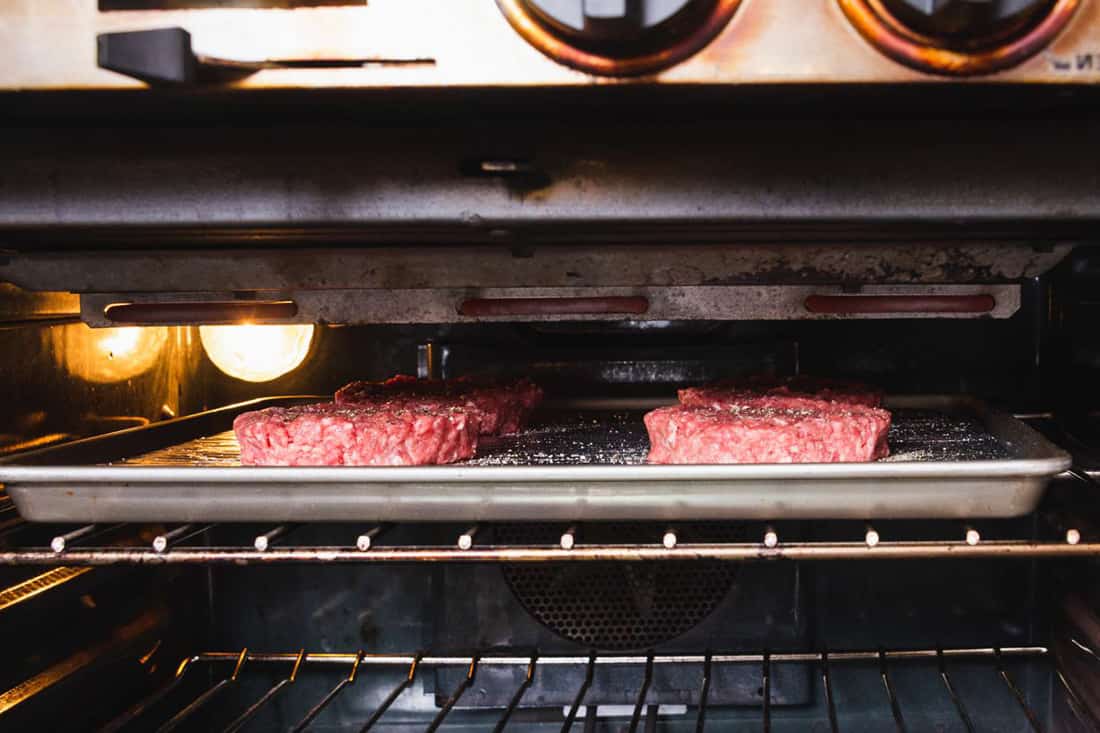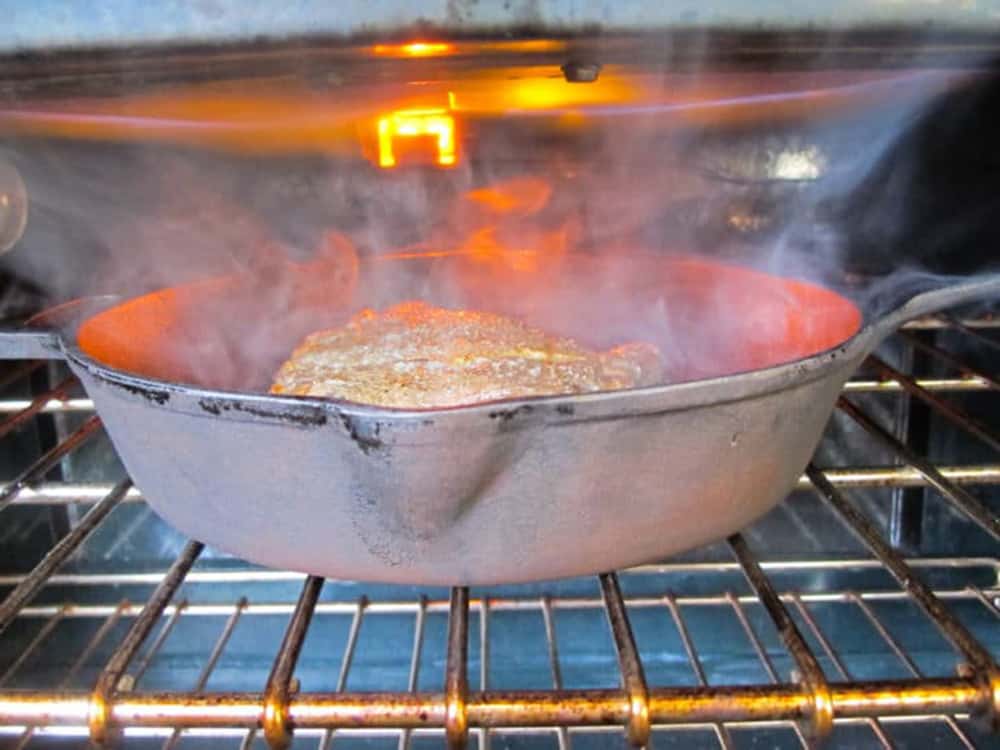Broiler pans are essential cookware every kitchen should have. They are used for cooking various types of food, such as different cuts of meat, steak, fish fillets, etc. However, you can broil your food without using a broiler pan. Broiler pan substitutes include aluminum foil trays, baking sheets, roasting trays, cast-iron pans, etc.
This article will cover
- Best 4 Broiler Pan Substitutes For Broiling Steak
- Features Of A Broiler Pan Substitute
- How to Use And Maintain Your Broiler Pan Substitutes
- 4 Tips For Broiling Steak Using A Broiling Pan Substitute

Best 4 Broiler Pan Substitutes For Broiling Steak
Broiler pan substitutes can be used in place of a broiler pan without reducing the quality of the steak. Some of them are :
Cast-iron pan

Cast-iron pans are versatile due to their excellent heat conductivity and ability to withstand high heat temperatures. As such, putting your cast iron pan near the broiler won’t damage it.
To make broiling easier, use cast-iron pans with high, griddle lines and long, grab handles for easy maneuverability. You can use cast-iron griddle pans to broil thin and no-too-large foods or to take food from your stovetop to the oven.
Roasting trays

Another good substitute for a broiler pan is a roasting tray. However, you have to put a rack inside the tray to make broiling easier. Ensure the roasting tray can withstand high heat as you will be placing them close to the broiling element.
However, you have to keep on your food to prevent the fat from dripping onto the heat and catching fire. Instead of a wire rack, you can also place vegetables at the bottom of the pan before you put your food on it.
Baking sheet/tray

Even though baking sheets and trays aren’t close to a broiler pan in structure, they will broil your food perfectly. They can withstand high heat temperatures. Since the food makes contact directly with the baking sheet or tray, the high heat causes the flavors to evaporate quickly.
If you’re using a baking sheet, use a layer of aluminum foil to line it. If you’re using a baking tray, use the tray as the lower pan and a cooling rack as the upper pan. Punch holes in a layer of aluminum foil and wrap the rack with it. Then, place it on top of the greased baking tray before you put it in your oven.
Aluminum foil trays

Aluminum foil is easy to get and can withstand the high heat broiling requires. Besides, you can shape it into a tray that fits your food perfectly. You can apply some oil on the foil tray for extra color and flavor for your food.
Features Of A Broiler Pan Substitute
Although you can use other cookware as substitutes, they must have some similarities with a broiler pan. As such, you can’t just use any piece of cookware. Here are some of the essential things a broiler pan substitute must have:
Ability to conduct heat
Your broiler pan substitute must be an excellent heat conductor since extreme high heat is required in broiling. For instance, a stainless steel pan isn’t a good fit for a substitute, except it is made with other heat-conducting materials. Also, your broiler pan substitute must be able to withstand the high temperature, or else it will get distorted. Only use broiler-safe cookware.

Thick sides
Another essential feature of your broiler pan substitute is thickness. It should be thick enough to bear the weight of your food. Besides, the weight of the food determines the type of broiler pan substitutes to use.
For example, if you’re broiling a somewhat large piece of steak, you might want to use a cast-iron griddle pan instead of an aluminum foil tray. However, if you’re broiling lightweight foods like vegetables, an aluminum foil tray is a good choice.
Grab handles
Since the broiler pan substitute will be hot when the food is done, it needs to have strong, grab handles you can use to take it out of the oven. Broiler pan substitutes that don’t have handles, such as baking sheets, aluminum foil trays, etc., should have raised sides you can use to carry them. Also, don’t carry the pan out of the oven with your bare hands.

Non-stick and non-reactive
Finally, your broiler pan substitute should be non-reactive and have a non-stick cooking surface. If you use reactive cookware, avoid brushing your food with acidic ingredients like vinegar and tomatoes, as it could cause a reaction.
Besides, if the cookware is sticky, there is a higher chance of your food getting burnt under high heat, making cleaning difficult. If you’re using naturally stick cookware such as a cast-iron pan, apply some oil on the interior before using it.
How to Use And Maintain Your Broiler Pan Substitutes
If you don’t use and maintain your broiler pan substitutes well, they become less efficient and won’t serve you for a long time. Here are tips on how to use and maintain your broiler pan substitutes perfectly:
Clean the broiler pan substitutes after use

Leaving the substitutes for an extended period after use makes cleaning difficult, as burnt food residues become tougher to remove. Clean the broiler pan substitutes as soon as you are done using them.
Ensure that they have cooled off before you dip them into water. To remove burnt food residues, take your food out of the substitute and pour some water into it. Then place the substitute in the oven for 10 minutes.
This way it’ll be easier to clean. Besides, not all substitutes can be cleaned. For instance, you can clean a cast-iron griddle pan while you have to dispose of an aluminum foil tray. Also, don’t use the dishwasher to clean the substitutes if the manufacturer doesn’t recommend it.
Never use cooking spray

Usually, you need little or no oil when using a broiler pan because most broiler pans have non-stick surfaces. However, since you’re using a broiler pan substitute, you may need to grease the surfaces of the substitute to prevent food from sticking.
Never use cooking sprays to grease the substitutes. Instead, use oil or butter. The cooking spray causes sticky, dirt buildup on cookware and destroys their properties. Ensure your broiler pan substitutes like roasting pan, cast-iron pan, etc., works well with broiling. Season them regularly.
Use medium heat when using sheet pans

Lower quality sheet pans may warp in the oven due to high temperature. All sides start to expand unevenly, making the sheet pan distorted. As such, ensure that your sheet pans are thick and of high quality. Also, line the pans with parchment paper to protect the surface from heating up. Ensure you set the oven to medium heat as well.
4 Tips For Broiling Steak Using A Broiling Pan Substitute
You can broil steak perfectly without using a broiler pan. Here is how to go about it:
1. Prepare the steak
To prevent your steak from getting charred, ensure it is thick enough to be broiled. Any steak from ¾ inch and above will do. The steak cuts you can broil include ribeye, sirloin, top round, etc. You have to prepare your teak at least 4 hours before broiling.
You should use a cold steak to allow the surface to have more time for browning. You can marinate your steak with spices, vinegar, sauces, etc. Ensure all sides are well-coated with the marinade. While you’re preparing the steak, preheat the broiler as well.
2. Choose your broiler pan substitute
Since you’re not using a broiler pan, choose the appropriate substitute for it. For instance, if the steak isn’t heavier than what a baking sheet can carry, you can use a baking sheet lined with parchment paper.
You can also use a roasting pan, cast-iron griddle pan, cooling rack, etc. However, you have to flip the steak throughout the broiling process. Avoid using reactive cookware as they release dangerous fumes in the face of high heat.
3. Broil the steak
Next is to broil the steak. Preheating the broiler while preparing your steak ensures it starts cooking immediately after placing it in the oven. Place the steak properly in the broiler pan substitute and put it near the broiling element.
The cooking time for your steak depends on its thickness and the heat of your oven broiler. Usually, each side shouldn’t take more than 20 minutes to brown. You have to flip the steak to the other side when it is brown already.
This ensures each side gets properly done. You can also brush the steak with sauce or oil if you want. Don’t forget to leave the oven door slightly open to prevent the broiler from turning off and on.
Broiler Steak Times
Steak Type | Thickness or Weight | Broil Steak Time |
Chuck Eye Steak | 1 inch | 12-15 min |
Ribeye Steak | 1-1/2 inches | 24-31 min |
Strip Steak | 1 inch | 13-17 min |
Tenderloin Steak | 1 inch | 13-16 min |
T-bone Steak | 1-1/2 inches | 18-22 min |
Skirt Steak | 1-2 pounds | 10-13 min |
Sirloin Steak | 1-1/2 inches | 24-28 min |
4. Test the doneness and serve
The steak is done when the juices are clear, and the inside isn’t pink. However, use a digital thermometer to test the doneness of your steak and avoid overcooking. Once it is done, bring the steak out of the oven and allow it to cool for a while. You can serve with roasted vegetables, salad, cheese, etc.
Summary
You don’t need a broiler pan before you broil a perfect steak recipe. There are various broiler pan substitutes, such as baking sheets, cooling racks, etc., that you can use. Aside from the substitute, how well you prepare your steak also matters. Use the right marinade and ensure the steak is done before you bring it out of the oven.


Michael Johnson is the founder of Pan Mastery, Inspired by his blacksmith grandfather’s legacy has a deep appreciation for hand-crafted pots and pans, he provides invaluable guides, reviews, and recipes to enhance your culinary journey.
